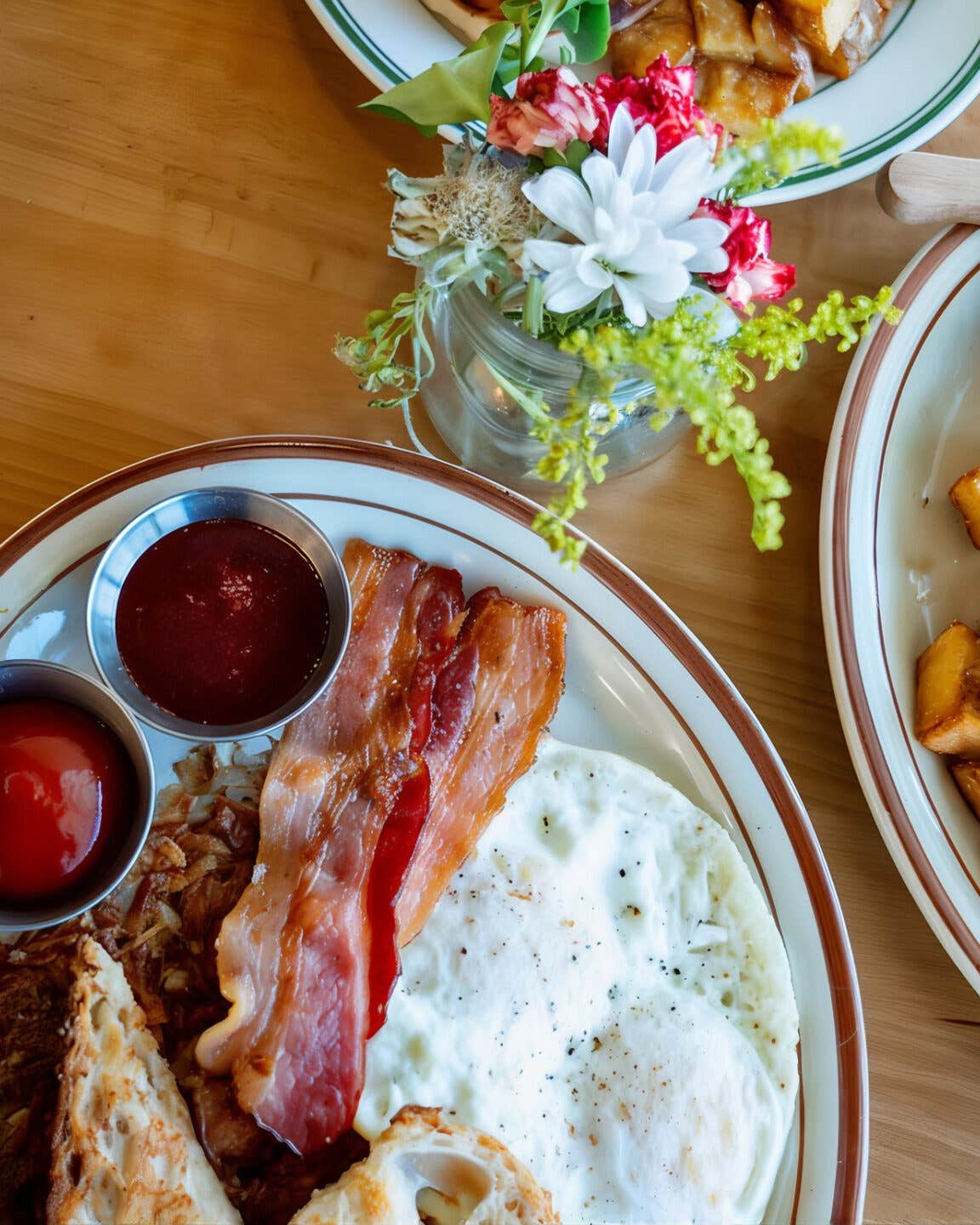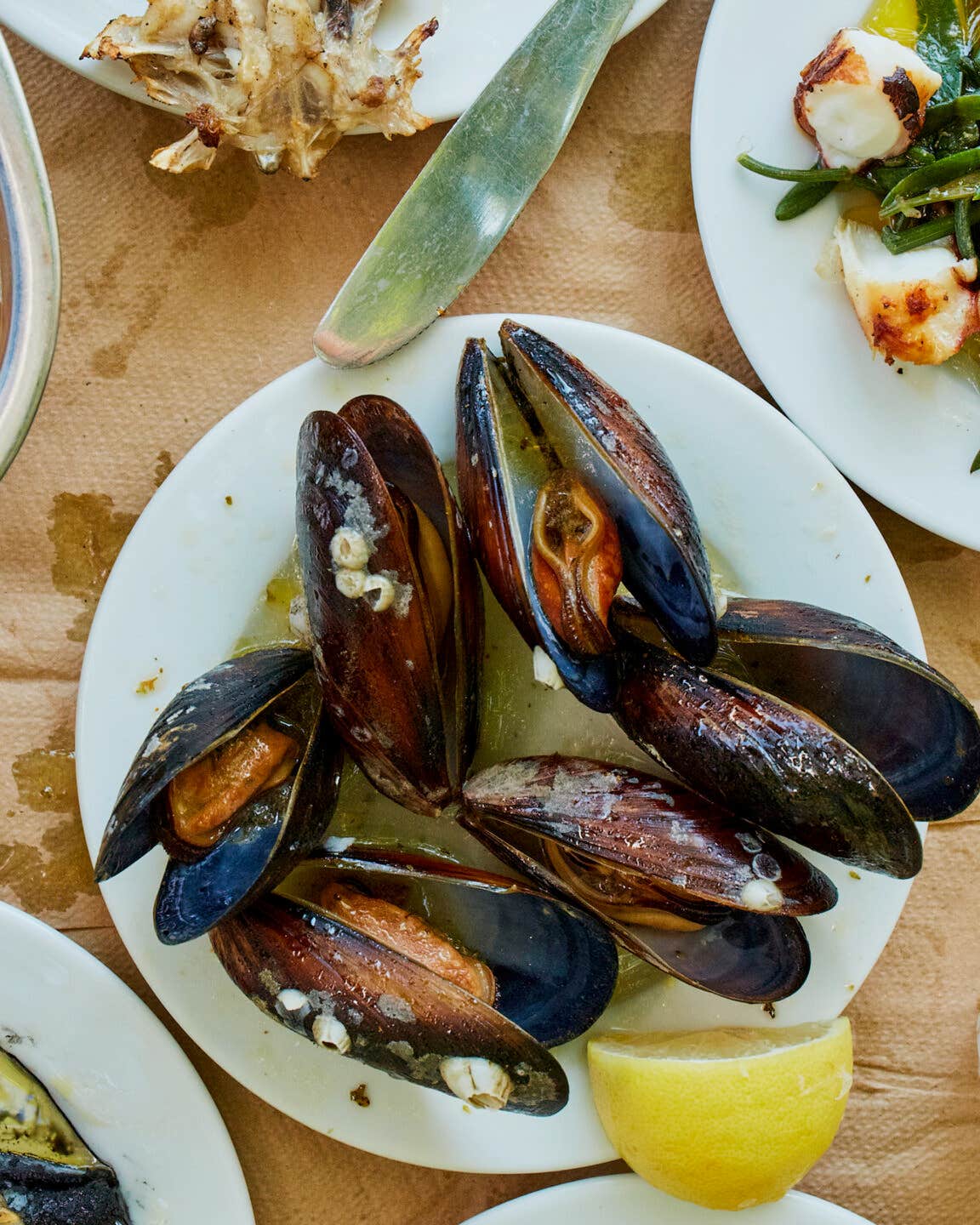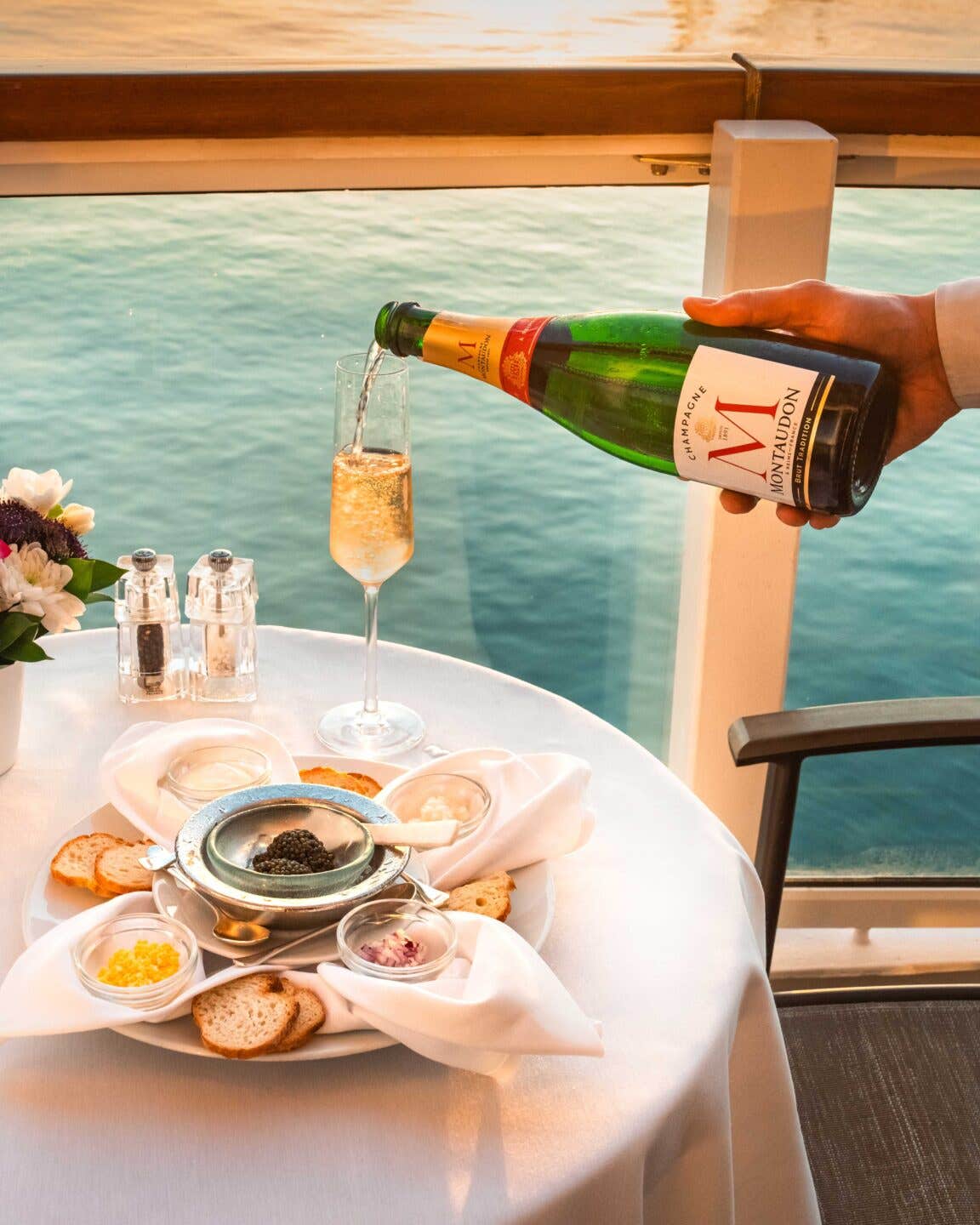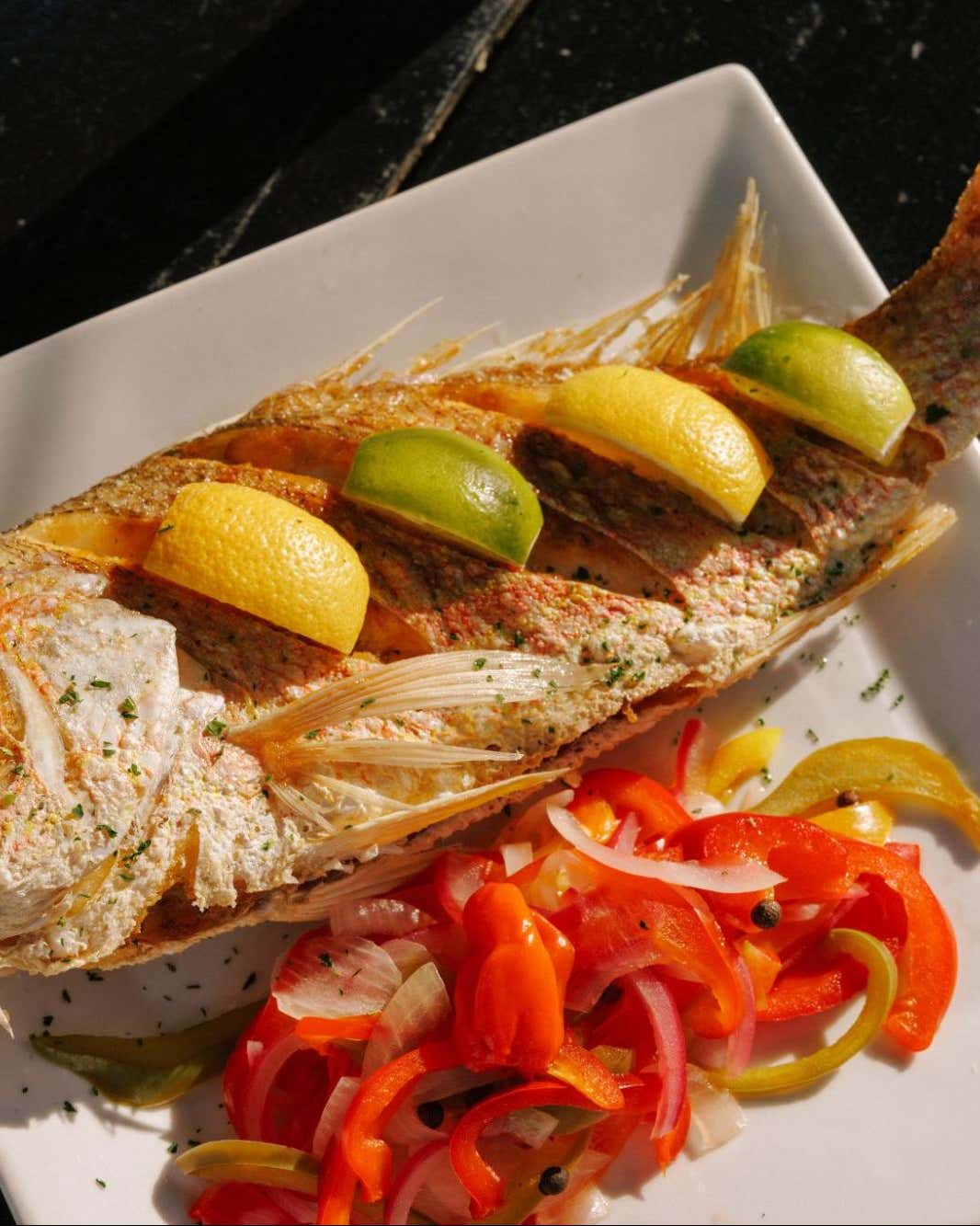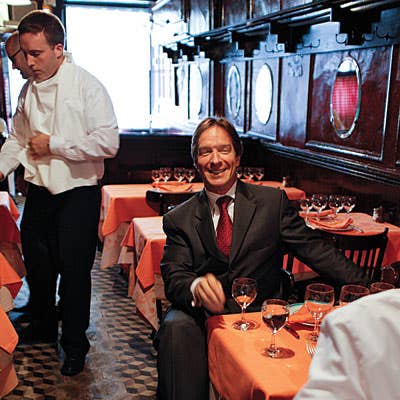
"Bystro! Bystro!" That's Russian for "Quick! Quick!" and according to a popular legend about the origins of the name bistro, it was the cry raised by Russian soldiers during the occupation of Paris in 1815 when they wanted food and drink. A more credible etymology traces the name to bistrouille, a northern French term for a mixture of coffee and eau-de-vie—just the sort of thing one might have ordered in a bistro in the 19th century, when this type of small, neighborhood restaurant became a fixture in Paris. (As for the alternate spellings bistro and bistrot, that's always come down entirely to personal preference.)
Between 1800 and 1900, the establishment of the railroads made travel from remote regions of France to the capital easier, and the late-starting French industrial revolution meant that there was a lot more work in Paris than in other parts of the country. As a result, the city's population swelled from around 500,000 to 2.5 million. For many, living conditions were cramped; the bistro became a home away from home, a place to get the kind of food your mother made (if she had a kitchen; plenty of Parisians in that era didn't). Many arrivals from the Auvergne, in south-central France, were in the business of delivering coal, and some of them gradually introduced a sideline to their coal shops by serving cheap, hearty food—things like stews that were easy to make in big batches and to portion out. These Auvergnats are widely credited with launching the bistro, but others who immigrated to the city at that time—from the Perigord, from Lyon—opened bistros, too, in which they served their own regional specialties. If you were one of the Alsatians who fled to Paris after the Franco-Prussian War of 1870-71, however, you opened a brasserie, or brewery, where beer was the drink of choice. Even today, brasseries have an identity—big, bright, buzzing—quite distinct from that of the cozy bistro (and the formal restaurant). The bistro itself has acquired the pseudonyms comptoir and zinc, both of which refer to the counter or bar that is a fixture in these places (and a few still do have zinc surfaces). The corner bar-tabac, meanwhile, is a place to have a glass of wine or a coffee when you stop in to buy cigarettes, but the menu won't typically extend beyond sandwiches and croissants.
The first bistro owners weren't professionally trained cooks; they made the plats menager (housewife's dishes) they'd learned at home. Whether the cook was a Provençal making daube or a Lyonnais making queue de boeuf mijotee (oxtail stew), braising was always central to the bistro kitchen—what better way to make cheap cuts of meat tender and flavorful? Cooking with offal was another way to provide maximum flavor at minimum expense, and homey standards like roast chicken and lamb soon became canonical fare. As many bistros were family-run, those dishes were refined over generations, and certain standout places—like Aux Lyonnais, which opened in 1890, L'Ami Louis (1920s), Allard (1931), and Chez Georges (1964)—began attracting customers from outside the neighborhood. Today, these grandes dames are a far cry from the humble comptoirs and zincs that are still integral to the life of the city.
Keep Reading
Continue to Next Story





